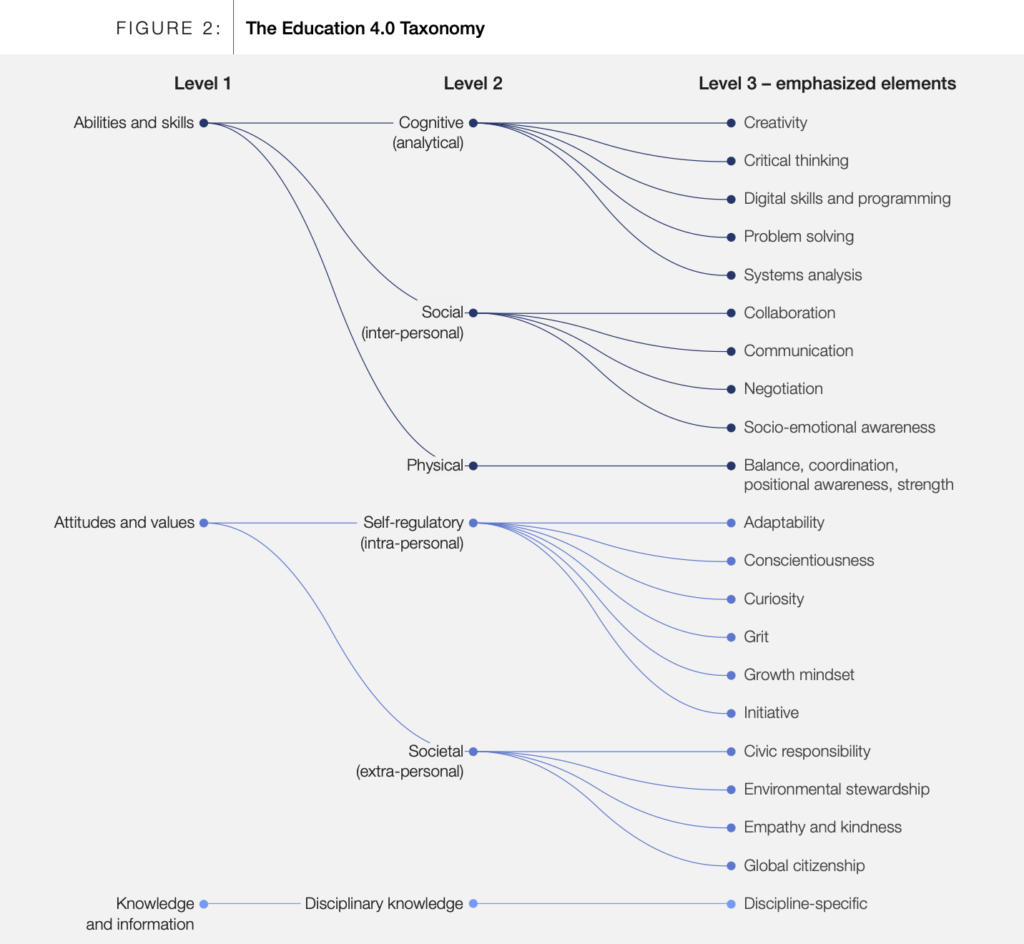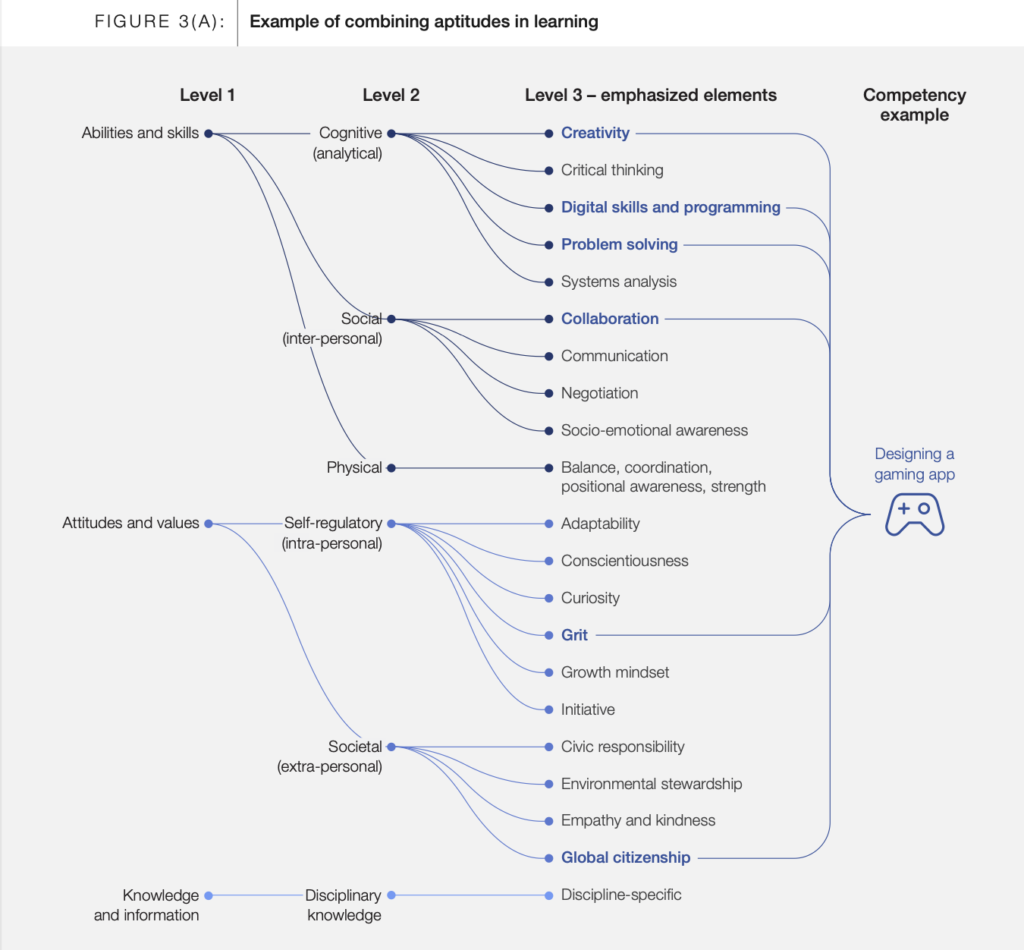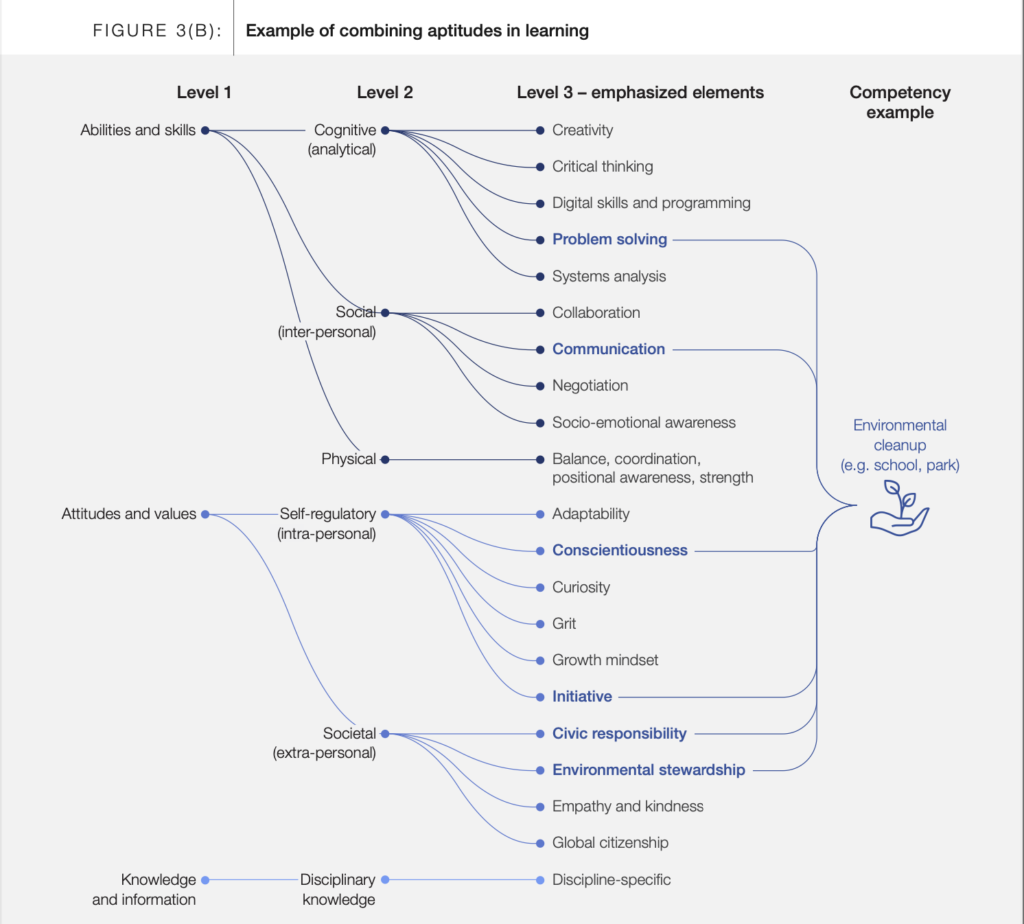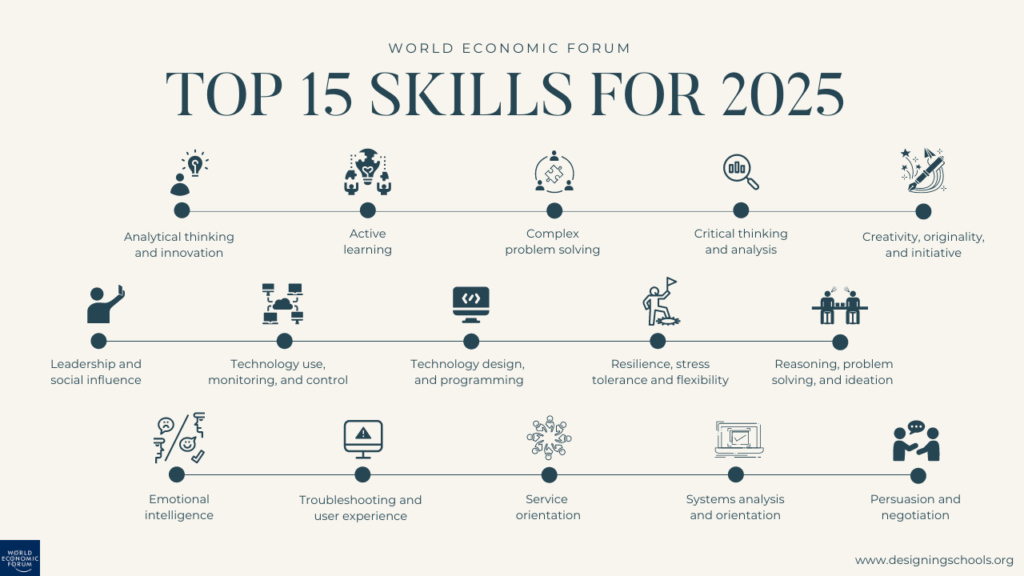In today’s ever-changing landscape of technology, the definition of a “partner” has become more complex. This year I’m teaching a design thinking in healthcare course at the University of Southern California. The goal of the course is to have students identify a challenge they have seen or an opportunity they are curious about and design a solution/product they can test and implement. In addition, the course is designed to help students see the power of advocacy and community partnerships.
One recent question that arose was, “When we talk about having a partner, who do we include in that definition?” As we thought about it, we realized that with the advancement of technology, tools like Canva and ChatGPT have accelerated what students are able to create and implement. In this way, they can be considered “partners” in the collaborative effort to design and implement their solutions.
Reflection: In what ways can you envision collaboration with AI as a partner in your work? How would you differentiate and prioritize tasks that would be outsourced to AI versus those that you would handle yourself?
Integrating Education Taxonomy 4.0 with Design Thinking and Artificial Intelligence to Develop Future-Ready Skills
AI As A Thought Partner
The current discourse surrounding the impact of Artificial Intelligence (AI) on the workforce often evokes immediate concerns and fears regarding the displacement of human labor. However, upon taking a more nuanced perspective, we begin to recognize the opportunities that arise from outsourcing routine and menial tasks to AI. Such outsourcing enables individuals to focus on the human-centric skills that they excel in, which machines are not yet able to replicate.
But what exactly are these human-centric skills?
In the recently published whitepaper, “Defining Education 4.0“, the World Economic Forum identifies the absence of a shared foundation, definition, and understanding of the necessary skills as a significant hurdle in developing future-ready competencies from an early age. Research has found that employers require not only creativity, critical thinking, problem-solving, and technology-related skills. But also place greater emphasis on interpersonal and socio-emotional skills such as collaboration, coordination, and communication.
While these skills are often touted, a closer look reveals a distinct lack of shared vision and understanding of what they entail in practice. What sets the aforementioned whitepaper apart is the taxonomy it provides. Taking a necessary step towards a shared understanding and alignment of future-ready skills across education, employment, and government.

The Education 4.0 Taxonomy
In the documentary “Designing Schools: The Future is a Place We Create” we learn how schools with a shared vision are applying the Education 4.0 taxonomy to equip students with the skills they need to thrive in a world where technology is advancing rapidly.
The World Economic Forum has categorized aptitudes into three groups that, when combined, make up a competency of future-ready skills: Abilities and Skills, Attitudes and Values, and Knowledge and Information. In addition, the whitepaper outlines how these aptitudes can be cultivated from an early age. The following images provide examples of how these aptitudes are combined:


Reflection: Consider the learning experiences you currently design for your students. How intentionally have you integrated the Education 4.0 taxonomy’s three categories of abilities and skills, attitudes and values, and knowledge and information? What aptitudes are being fostered well, and which might need more attention? How might you adjust your approach to ensure that all students are equipped with future-ready skills that will enable them to thrive in a rapidly changing world?
Research Study: Using Design Thinking to Prepare Students for The Second Machine Age
In, “The Second Machine Age: Work, Progress, and Prosperity in a Time of Brilliant Technologies” the authors share:
“Technological progress is going to leave behind some people, perhaps even a lot of people, as it races ahead. As we’ll demonstrate, there’s never been a better time to be a worker with special skills or the right education. Because these people can use technology to create and capture value. However, there’s never been a worse time to be a worker with only “ordinary” skills and abilities to offer. Because computers, robots, and other digital technologies are acquiring these skills and abilities at an extraordinary rate.”
Design thinking offers a promising method to create learning experiences that align with the Education 4.0 Taxonomy. And also prevent individuals from being left behind.
Design thinking is a human-centered problem-solving approach that emphasizes empathy, creativity, and iterative prototyping. It also involves understanding the needs and experiences of the end user, redefining the problem, ideating a variety of possible solutions, rapidly prototyping and testing those solutions, and continuously iterating based on feedback. Design thinking encourages the use of multidisciplinary teams, diverse perspectives, and a bias toward action. In fact, it can be applied to a wide range of contexts, from product design to service delivery to education.
Using Design Thinking to Integrate the Education 4.0 Taxonomy
In 2018, I spearheaded a comprehensive two-year research study at Design39 Campus, a public school in San Diego, California, which critically examined the innovative application of design thinking by educators to subvert traditional practices in education. My research also investigated how educators deftly integrated design thinking into their standards-based curriculum by immersing their students in authentic problem-solving experiences. Which effectively equipped them with the necessary skills, knowledge, and mindsets to master the competencies highlighted in the Education 4.0 Taxonomy and the trending skills identified by The World Economic Forum. The study also meticulously examined the process by which these educators mastered design thinking. And skillfully crafted educational experiences at the nexus of knowledge, skills, and mindsets.

The findings of the two-year research study demonstrate a robust consensus among educators that design thinking is an effective tool for cultivating critical, high-demand skills. Such as creativity, problem finding, collaboration, and communication.


Witnessing their students and themselves improve and cultivate their design thinking skills and mindset exemplified the efficacy of this approach and fueled their motivation to continue. Additionally, it reinforced their self-efficacy and facilitated their embrace of change rather than fear of it. By adopting design thinking, these educators gained a new perspective on the importance of developing both technical competencies and the corresponding mindsets necessary for future readiness.
Using ChatGPT to Create Design Thinking Experiences
One of the most formidable obstacles in any design thinking workshop is the significant amount of time required for participants to fully engage in the process and apply it to their own work. During a conversation with Dr. Lopez-Guerra, Director of Community Relations at Santa Ana Unified, we posed the following question:
“How might we leverage the power of ChatGPT as a thought partner to accelerate the design and implementation of learning experiences that integrate Education Taxonomy 4.0 for educators?”
So we decided to play. We used the design thinking example I was first introduced to. So that we would have a metric to compare it to. In fact, the results were remarkable. In this video you can see the process we went through and also what it looked like.
For context, we asked it to:
- Create a design thinking experience
- Create an aligned rubric
- Create an email that we could share with the principal
- Create an email to share with parents
- Translate the parent email to Spanish
- Create a cross-curriculuar experience with an English teacher
- Align the lesson to standards (we had to refine our prompts here to get it exact)
- Create an ELA lesson plan we could share with the department
- Create a session title to share this at a conference
- Create a presentation outline
And we could have kept going and going.
What used to require a year for a teacher to master and implement can now be accomplished in mere days. Leveraging the power of AI as a thought partner. The video we shared has garnered over 14,000 views and sparked lively conversations in the comments. As well as being shared widely as a prime example of how educators can leverage AI. If you’re interested in exploring how this empowering workshop can be brought to your campus, I would be delighted to discuss it further with you.
Click the video in the post below to see how we use ChatGPT.
Workshop Overview:
Join us for a transformative workshop that will help you reimagine teaching and learning in your school through the lens of the Education 4.0 taxonomy developed by the World Economic Forum. With a focus on developing the mindset and skills to navigate change, we’ll share how to use design thinking frameworks to build a culture of trust and collaboration among teachers and students. Our workshop offers strategies to eliminate stress and burnout by integrating workflows using artificial intelligence. As well as providing applications for all grade levels to ensure everyone feels confident and comfortable using existing and emerging technologies.
With our guidance, you’ll gain clarity and alignment on goals and priorities, empowering you to move from ideas to impact. You’ll also develop a deep understanding of the skills and competencies identified in the Education 4.0 taxonomy. And how they can be integrated into teaching and learning to better prepare students for the future. Don’t miss this opportunity to identify challenges and opportunities forcreating a more joyful learning experience using design thinking methods. Join us for a dynamic and inspiring learning experience that will transform your school.
Workshop Outcomes
- Develop a deep understanding of the Education 4.0 taxonomy. And how it can be used to design effective teaching and learning experiences for the future.
- Learn how to use design thinking frameworks to build a culture of trust and collaboration among teachers and students. And integrate artificial intelligence to eliminate inefficiencies and streamline workflows.
- Acquire strategies for encouraging creativity and critical thinking in teaching and learning experiences. As well as socio-emotional skills such as collaboration, communication, and problem-solving.
- Gain clarity and alignment on goals and priorities to empower educators to move from ideas to impact. And identify opportunities for innovation using design thinking methods.
I’m Sabba.
I believe that the future should be designed. Not left to chance.
Over the past decade, using design thinking practices I've helped schools and businesses create a culture of innovation where everyone is empowered to move from idea to impact, to address complex challenges and discover opportunities.
stay connected
designing schools